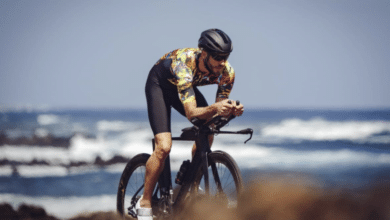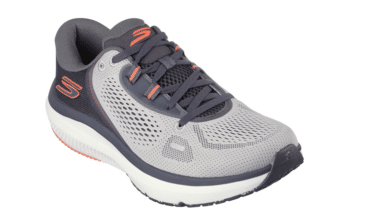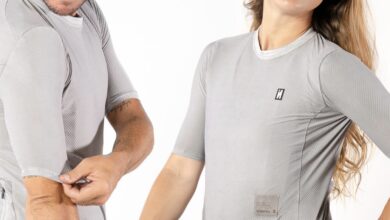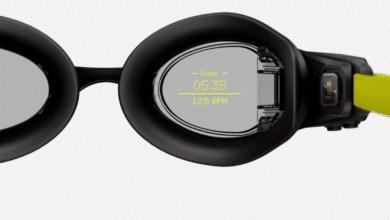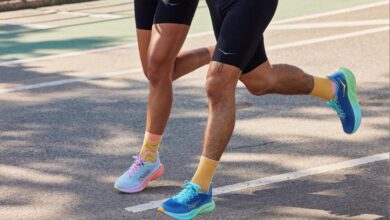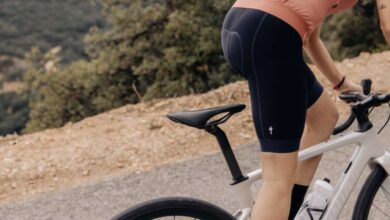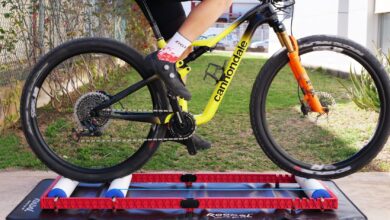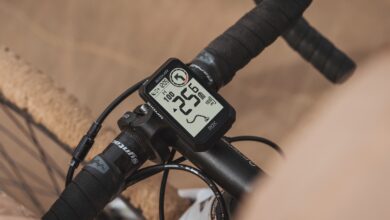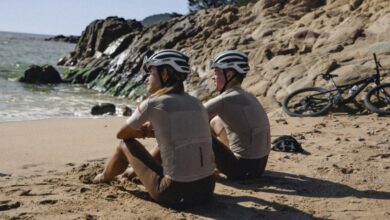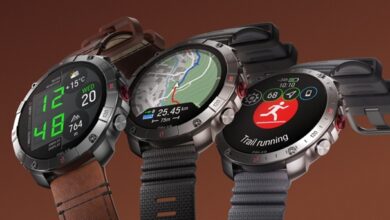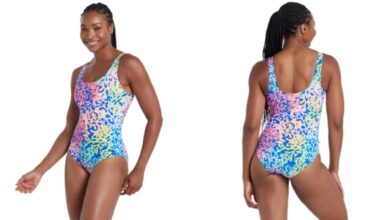Physiology of women and cliclismo
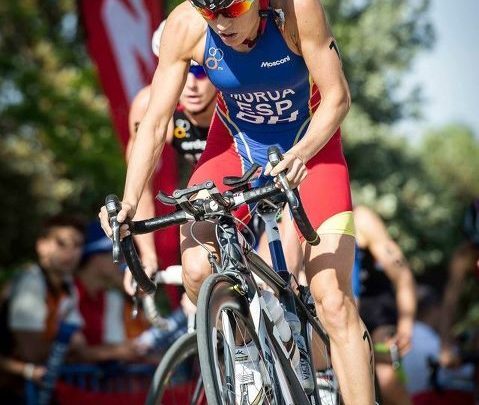
Sports performance is different between men and women, as a result of biological differences (anatomical and physiological - structural and functional -). As the evolutions in different sports specialties show, it is to be foreseen that the massive incorporation of women into the field of sports training and their participation in high level competitions, and their consequent professionalization, will bring them closer, despite the aforementioned conditions, to the performance of males, especially in endurance, skill and dexterity tests.
From a functional point of view, differences between men and women do not occur until puberty. In children, the production of testosterone increases bone formation, in thickness and length, as well as the development of muscle mass. In girls, estrogens are the cause of widening of the hips, breast development, increase in bone size and epiphyseal closure.
After puberty, women have a significant increase in body fat% throughout their lives. A woman presents, in percentage, approximately twice as much body fat as a man of similar physical activity. In normal people, fat is 24% of a woman's body compared to 14%, which corresponds to man.
In professional athletes, men usually present 4% body fat compared to 9% of women. For the athlete, fat represents a kind of ballast, a load that must be displaced, but which, unlike the muscle, is not capable of generating movement. The fundamental factor of the different body constitution does not seem to be only in the fact that the woman presents more fat but in that, with equal weight, that less amount of fat is replaced by muscle mass in man. On average, a woman of 55 kilos will have approximately 16 kilos of muscle, three less than a male of equal weight.
From the point of view of force, understanding it as a neuromuscular complex, the muscular quality, its structure and composition, as well as the motor control capacity, are similar in men and women. For the same amount of muscle force is similar, or what is the same, both sexes have the same relative strength in relation to lean mass. The strength in the upper part of the body, expressed relatively to the total body weight is lower in women, while there is a greater distribution of muscle mass below the hip in women, an aspect that is very important when talking about cycling, where strength and resistance of the legs is decisive.
From a cardiovascular point of view, women have higher heart rate values for the same submaximal workload. The differences in ventilation are mainly due to the smaller body size, presenting a higher respiratory rate, lower tidal volume and lower ventilatory volume due to the smaller size of their lungs.
However. The oxygen consumption in absolute values is the same for the same workload and the values of the anaerobic threshold from the percentage point of view with respect to the maximum capacity are equal in men and women. It is also important to note that the increase in oxygen consumption with training is, from the percentage point of view on the initial value, equal in both sexes.
ANATOMY OF THE WOMAN AND PERFORMANCE
Training leads to a decrease in fat mass in women, at the expense of increased energy expenditure, as in men, however, although lean mass increases with training, it does so to a lesser extent due to the lower stimulus Anabolic because of the lower levels of testosterone. As for the improvement with the training of the bone density and the resistance of the soft parts, connective tissue, tendons, it is similar in both sexes. Women also have a wider pelvis. This bony configuration, ideal for childbirth, is a disadvantage when practicing sport, since the fact of having a wider pelvis decreases the mechanical efficiency of the legs at the time of running. The femur loses verticality and that greater angulation produces an excessive approach of both knees in full race. As a result, the risk of knee injuries increases.
This however does not happen in cycling, to be able to manipulate the effective angles in the pedalada by means of the length of the pedal, pedalier and especially of the rotation of the fixation.
The dimensions of the organism condition the regulation of the bicycle, and this happens in the same way in men and women. You have to keep a proportion between the size, the dimensions of the lower extremities and the various adjustments of bottom bracket, saddle and power, but this in the same way as in men. Finding the ideal bicycle is a challenge for both women and men. In each case the bicycle must be reasonably comfortable to pedal over a considerable number of kilometers.
Source: Victory Endurance
There are no previous results.











